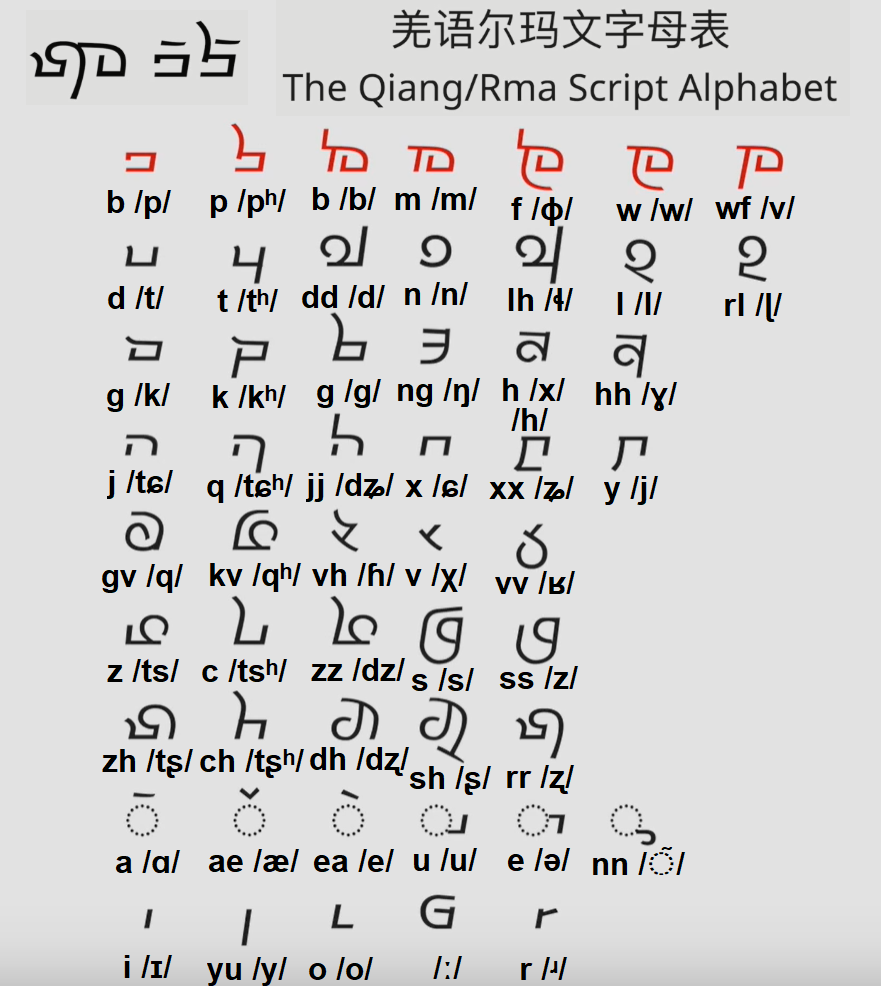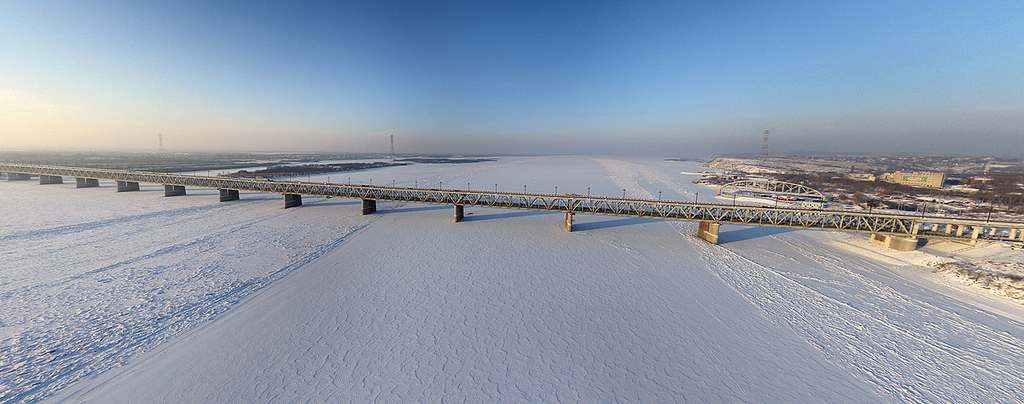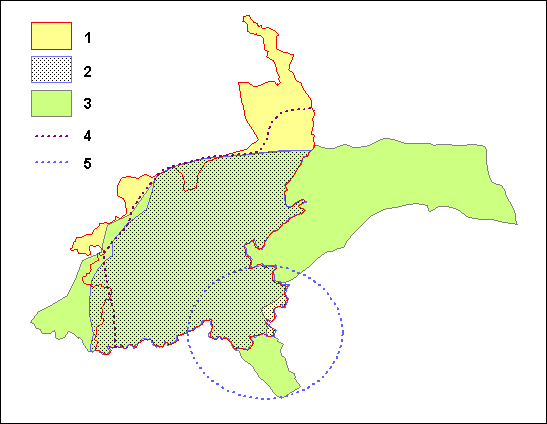|
Voiceless Alveolar Trill
The voiceless alveolar trill differs from the voiced alveolar trill only by the vibrations of the vocal cord. It occurs in a few languages, usually alongside the voiced version, as a similar phoneme or an allophone. Proto-Indo-European developed into a sound spelled , with the letter for and the diacritic for , in Ancient Greek. It was probably a voiceless alveolar trill and became the regular word-initial allophone of in standard Attic Greek that has disappeared in Modern Greek. *PIE > Ancient Greek ῥέω "flow", possibly Features Features of the voiceless alveolar trill: *Its place of articulation is dental, alveolar or post-alveolar, which means it is articulated behind upper front teeth, at the alveolar ridge or behind the alveolar ridge. It is most often apical, which means that it is pronounced with the tip of the tongue. Occurrence ;Alveolar Voiceless alveolar fricative trill The voiceless alveolar fricative trill is not known to occur as a phoneme in a ... [...More Info...] [...Related Items...] OR: [Wikipedia] [Google] [Baidu] |
Dental, Alveolar And Postalveolar Trills
The voiced alveolar trill is a type of consonantal sound used in some spoken languages. The symbol in the International Phonetic Alphabet that represents dental, alveolar, and postalveolar trills is , and the equivalent X-SAMPA symbol is r. It is commonly called the rolled R, rolling R, or trilled R. Quite often, is used in phonemic transcriptions (especially those found in dictionaries) of languages like English and German that have rhotic consonants that are not an alveolar trill. That is partly for ease of typesetting and partly because is the letter used in the orthographies of such languages. In many Indo-European languages, a trill may often be reduced to a single vibration in unstressed positions. In Italian, a simple trill typically displays only one or two vibrations, while a geminate trill will have three or more. Languages where trills always have multiple vibrations include Albanian, Spanish, Cypriot Greek, and a number of Armenian and Portuguese dialects. Peop ... [...More Info...] [...Related Items...] OR: [Wikipedia] [Google] [Baidu] |
Voiceless Alveolar Flap
The voiceless alveolar tap or flap is rare as a phoneme. The symbol in the International Phonetic Alphabet that represents this sound is , a combination of the letter for the voiced alveolar tap/flap and a diacritic indicating voicelessness. The equivalent X-SAMPA symbol is 4_0. The voiceless alveolar tapped fricative reported from some languages is actually a very brief voiceless alveolar non-sibilant fricative. Features Features of the voiceless alveolar tap or flap: *Its manner of articulation is tap or flap, which means it is produced with a single contraction of the muscles so that the tongue makes very brief contact. *Its place of articulation is dental or alveolar, which means it is articulated behind upper front teeth or at the alveolar ridge. It is most often apical, which means that it is pronounced with the tip of the tongue. Occurrence Alveolar See also *Index of phonetics articles A * Acoustic phonetics * Active articulator * Affricate * Airstr ... [...More Info...] [...Related Items...] OR: [Wikipedia] [Google] [Baidu] |
Polish Phonology
The phonological system of the Polish language is similar in many ways to those of other Slavic languages, although there are some characteristic features found in only a few other languages of the family, such as contrasting postalveolar and alveolo-palatal fricatives and affricates. The vowel system is relatively simple, with just six oral monophthongs and arguably two nasals in traditional speech, while the consonant system is much more complex. Vowels The Polish vowel system consists of six oral sounds. Traditionally, it was also said to include two nasal monophthongs, with Polish considered the last Slavic language that had preserved nasal sounds that existed in Proto-Slavic. However, recent sources present for modern Polish a vowel system without nasal vowel phonemes, including only the aforementioned six oral vowels. Oral Close * is close front unrounded . It is somewhat more open than cardinal . * ranges from almost close-mid near-front to (advanced) c ... [...More Info...] [...Related Items...] OR: [Wikipedia] [Google] [Baidu] |
Polish Alphabet
The Polish alphabet (Polish: ''alfabet polski'', ''abecadło'') is the script of the Polish language, the basis for the Polish system of orthography. It is based on the Latin alphabet but includes certain letters with diacritics: the ''kreska'', or acute accent (''ć'', ''ń'', ''ó'', ''ś'', ''ź''); the overdot, or ''kropka'' (''ż''); the tail, or ''ogonek'' (''ą'', ''ę''); and the stroke (''ł''). The letters ''q'', ''v'', and ''x'', which are used only in foreign words, are usually absent from the Polish alphabet. However, prior to the standardization of the Polish language, the letter "x" was sometimes used in place of "ks". Modified variations of the Polish alphabet are used for writing Silesian and Kashubian, whereas the Sorbian languages use a mixture of the Polish and Czech orthographies. Letters There are 32 letters in the Polish alphabet: 9 vowels and 23 consonants. The letters ''q'', ''v'', and ''x'' are not used in any native Polish words and are mostly fou ... [...More Info...] [...Related Items...] OR: [Wikipedia] [Google] [Baidu] |
Polish Language
Polish (Polish: ''język polski'', , ''polszczyzna'' or simply ''polski'', ) is a West Slavic language of the Lechitic group written in the Latin script. It is spoken primarily in Poland and serves as the native language of the Poles. In addition to being the official language of Poland, it is also used by the Polish diaspora. There are over 50 million Polish speakers around the world. It ranks as the sixth most-spoken among languages of the European Union. Polish is subdivided into regional dialects and maintains strict T–V distinction pronouns, honorifics, and various forms of formalities when addressing individuals. The traditional 32-letter Polish alphabet has nine additions (''ą'', ''ć'', ''ę'', ''ł'', ''ń'', ''ó'', ''ś'', ''ź'', ''ż'') to the letters of the basic 26-letter Latin alphabet, while removing three (x, q, v). Those three letters are at times included in an extended 35-letter alphabet, although they are not used in native words. The traditional ... [...More Info...] [...Related Items...] OR: [Wikipedia] [Google] [Baidu] |
Northern Qiang Language
Northern Qiang is a Sino-Tibetan language of the Qiangic branch, more specifically falling under the Tibeto-Burman family. It is spoken by approximately 60,000 people in East Tibet, and in north-central Sichuan Province, China. Unlike its close relative Southern Qiang Southern Qiang is a Sino-Tibetan language of the Qiangic branch spoken by approximately 81,300 people along the Minjiang () river in Sichuan Province, China. Southern Qiang dialects preserve archaic pronoun flexions, while they have disappe ..., Northern Qiang is not a tonal language. Northern Qiang dialects Northern Qiang is composed of several different dialects, many of which are easily mutually intelligible. Sun Hongkai in his book on Qiang in 1981 divides Northern Qiang into the following dialects: Luhua, Mawo, Zhimulin, Weigu, and Yadu. These dialects are located in Heishui County as well as the northern part of Mao County. The Luhua, Mawo, Zhimulin, and Weigu varieties of Northern Qiang are spo ... [...More Info...] [...Related Items...] OR: [Wikipedia] [Google] [Baidu] |
Khabarovsk Krai
Khabarovsk Krai ( rus, Хабаровский край, r=Khabarovsky kray, p=xɐˈbarəfskʲɪj kraj) is a federal subject (a krai) of Russia. It is geographically located in the Russian Far East and is a part of the Far Eastern Federal District. The administrative centre of the krai is the city of Khabarovsk, which is home to roughly half of the krai's population and the largest city in the Russian Far East (just ahead of Vladivostok). Khabarovsk Krai is the fourth-largest federal subject by area, and has a population of 1,343,869 as of 2010. The southern region lies mostly in the basin of the lower Amur River, with the mouth of the river located at Nikolaevsk-on-Amur draining into the Strait of Tartary, which separates Khabarovsk Krai from the island of Sakhalin. The north occupies a vast mountainous area along the coastline of the Sea of Okhotsk, a marginal sea of the Pacific Ocean. Khabarovsk Krai is bordered by Magadan Oblast to the north, Amur Oblast, Jewish Au ... [...More Info...] [...Related Items...] OR: [Wikipedia] [Google] [Baidu] |
Nivkh Language
Nivkh (; occasionally also Nivkhic; self-designation: Нивхгу диф, ''Nivxgu dif'', ), or Gilyak (), or Amuric, is a small language family, often portrayed as a language isolate, of two or three mutually unintelligible languages spoken by the Nivkh people in Outer Manchuria, in the basin of the Amgun (a tributary of the Amur), along the lower reaches of the Amur itself, and on the northern half of Sakhalin. "Gilyak" is the Russian rendering of terms derived from the Tungusic "Gileke" and Manchu-Chinese "Gilemi" (Gilimi, Gilyami) for culturally similar peoples of the Amur River region, and was applied principally to the Nivkh in Western literature. The population of ethnic Nivkhs has been reasonably stable over the past century, with 4,549 Nivkhs counted in 1897 and 4,673 in 1989. However, the number of native speakers of the Nivkh language among these dropped from 100% to 23.3% in the same period, so by the 1989 census there were only 1,079 first-language speakers left. ... [...More Info...] [...Related Items...] OR: [Wikipedia] [Google] [Baidu] |
Moksha Language
Moksha ( mdf, мокшень кяль, translit=mokšeň käľ, label=none, ) is a Mordvinic language of the Uralic family, with around 130,000 native speakers in 2010. Moksha is the majority language in the western part of Mordovia. Its closest relative is the Erzya language, with which it is not mutually intelligible. Moksha is also possibly closely related to the extinct Meshcherian and Muromian languages. History Cherapkin's Inscription There is very little historical evidence of the use of Moksha from the distant past. One notable exception are inscriptions on so-called mordovka silver coins issued under Golden Horde rulers around the14th century. The evidence of usage of the language (written with the Cyrillic script) comes from the 16th century. Indo-Iranian Influence Proto-Greek Influence Before approximately 1700 BCE Moksha was influenced by Proto-Greek. This happened probably during the Gelonian period. The citation form for nouns (the form normally s ... [...More Info...] [...Related Items...] OR: [Wikipedia] [Google] [Baidu] |
Hasselt Dialect Phonology
Hasselt dialect or Hasselt Limburgish (natively , Standard Dutch: ) is the city dialect and variant of Limburgish spoken in the Belgian city of Hasselt alongside the Dutch language Dutch ( ) is a West Germanic language spoken by about 25 million people as a first language and 5 million as a second language. It is the third most widely spoken Germanic language, after its close relatives German and English. ''Afrikaans'' .... All of its speakers are bilingual with standard Dutch. Phonology Consonants * Obstruents are devoiced word-finally. However, when the next word starts with a vowel and is pronounced without a pause, both voiced and voiceless word-final obstruents are realized as voiced. * are bilabial, whereas are labiodental. * In the palatal sequences , the affricates tend to be realized as palatalized stops. Affricates are used in other positions and, in the case of conservative speakers, also in . * is often dropped, though this is not marked in transcri ... [...More Info...] [...Related Items...] OR: [Wikipedia] [Google] [Baidu] |
Limburgish Language
Limburgish ( li, Limburgs or ; nl, Limburgs ; german: Limburgisch ; french: Limbourgeois ), also called Limburgan, Limburgian, or Limburgic, is a West Germanic language spoken in the Dutch and Belgian provinces of Limburg and in the neighbouring regions of Germany. It shares characteristics with both German and Dutch but has unique features such as tonality. Within the modern communities of the Belgian and Dutch provinces of Limburg, intermediate idiolects are also very common, which combine standard Dutch with the accent and some grammatical and pronunciation tendencies derived from Limburgish. This "Limburgish Dutch" is confusingly also often referred to simply as "Limburgish", although in Belgium such intermediate languages tend to be called ("in-between language"), no matter the exact dialect/language with which standard Dutch is combined. Although frequently misunderstood as such, Limburgish does not refer to the regional variation of Dutch spoken in Dutch Limburg ... [...More Info...] [...Related Items...] OR: [Wikipedia] [Google] [Baidu] |
Cyrillic Script
The Cyrillic script ( ), Slavonic script or the Slavic script, is a writing system used for various languages across Eurasia. It is the designated national script in various Slavic languages, Slavic, Turkic languages, Turkic, Mongolic languages, Mongolic, Uralic languages, Uralic, Caucasian languages, Caucasian and Iranian languages, Iranic-speaking countries in Southeastern Europe, Eastern Europe, the Caucasus, Central Asia, North Asia, and East Asia. , around 250 million people in Eurasia use Cyrillic as the official script for their national languages, with Russia accounting for about half of them. With the accession of Bulgaria to the European Union on 1 January 2007, Cyrillic became the third official script of the European Union, following the Latin script, Latin and Greek alphabet, Greek alphabets. The Early Cyrillic alphabet was developed during the 9th century AD at the Preslav Literary School in the First Bulgarian Empire during the reign of tsar Simeon I of Bulgar ... [...More Info...] [...Related Items...] OR: [Wikipedia] [Google] [Baidu] |


.jpg)

